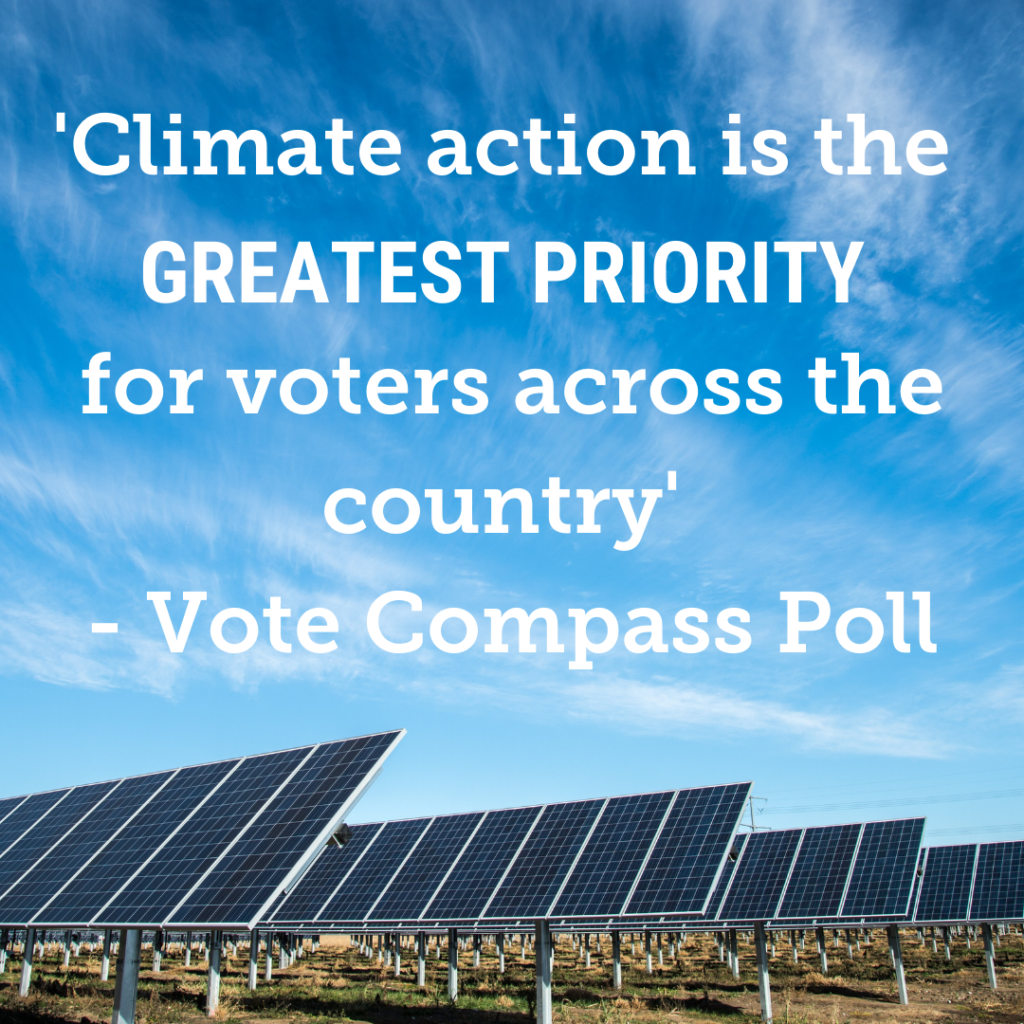It’s no secret the Federal election is just around the corner. Major parties, minor parties and independent candidates are vying for your vote. A recent Vote Compass poll made it clear that climate action is the greatest priority for voters across the country, followed by the cost of living and affordability, and economy and finance.
But how do you separate the wheat from the chaff when it comes to climate policy? It’s time to put your detective hat on.
We’ve put together a list of questions to ask yourself as you sift through the evidence (climate policy announcements). We hope these questions help arm you in your quest to dodge spin, fluff, hyperbole, fudged numbers, dodgy accounting, falsehoods and double-speak. Only then will you find a prized treasure: climate policies that rapidly reduce emissions before 2030!

Questions to reflect on when considering climate policy announcements:
- Does the policy rely on proven zero-emissions technology (such as solar energy, or wind energy – either on or offshore)? Or, does it gamble on disproven or unproven technologies such as Carbon Capture and Storage (CCS)? Learn what CCS is, and why it isn’t a viable technology.
- Does the policy actually encourage companies to keep polluting as usual? For example, policies that rely on carbon credits and offsetting are, the vast majority of the time, ineffective at reducing emissions. Learn more about why carbon credits are largely ineffective.
- Is the policy just an attention-grabbing headline – or is there a credible plan behind it to make it happen?
- Does the policy have clear, specific and easy-to-understand figures or targets that the party or candidate can be held accountable for?
- If the policy relates to hydrogen, is it backing hydrogen powered by renewables, or gas? Learn why renewable hydrogen is the only form of hydrogen we should invest in here. Warning! When someone refers to ‘clean hydrogen’, do they mean renewable hydrogen or are they trying to muddy the water and include fossil fuel-powered hydrogen projects?
- Who (individuals, organisations and / or lobby groups) will benefit most from the policy? Are these groups donors of the party? For example, CCS enables fossil fuels companies to continue polluting under the guise of sequestering some of their pollution – an approach which is proven to be ineffective. The companies backing CCS are major donors of many political parties.
- Does the policy rely solely on rewarding good behaviour? Research shows that an approach which blends both incentives and penalties – sometimes referred to as ‘carrots and sticks’ – is the most effective of reducing emissions. A system in which companies are only rewarded for emissions reductions but not penalised for failing to meet targets may result in companies acting only when it suits them and working the system to secure benefits while continuing to pollute.
Taken collectively, do the party’s/ candidate’s policies…
- work towards Australia reducing emissions by 75% by 2030, and therefore help establish Australia as a climate leader?
- create a pathway to zero emissions and zero consumption of coal, oil and gas across the economy?
- address all sectors of the economy including energy, transport, industry, agriculture?
- end government support for fossil fuels, including no taxpayer subsidies for fossil fuels and no new taxpayer subsidies for CCS?
- help finance global climate solutions, including increasing Australia’s overall contribution of international climate finance and resuming contributions to the Green Climate Fund?
- strengthen transparency and accountability such as restoring the independence of the Climate Change Authority (CCA), increasing funding to CSIRO and the Bureau of Meteorology (BOM) to restore confidence in their climate research, and increasing accountability of the National Recovery and Resilience Agency (NRRA)?

Other questions to reflect on when considering how to vote:
- For sitting MPs, or those who have sat in Parliament, what is their track record and/or the track record of their party on climate action?
- Does the party /candidate proposing the policy have more, or less, ambitious emissions reduction targets compared to others standing for election?
With devastating floods ripping through Queensland and New South Wales soon after catastrophic bushfires and drought – it’s no surprise that people are demanding strong climate policy in line with science-backed emissions reductions targets. But not all climate policy is created equal, and it’s more important than ever to analyse the details in order to recognise, reinforce and repeat the good, and call-out (and stop) the bad.
The Climate Council has put together a comprehensive climate action policy suite, which we are advocating for at a federal level. Check out the Policies for a Sensible Government here.